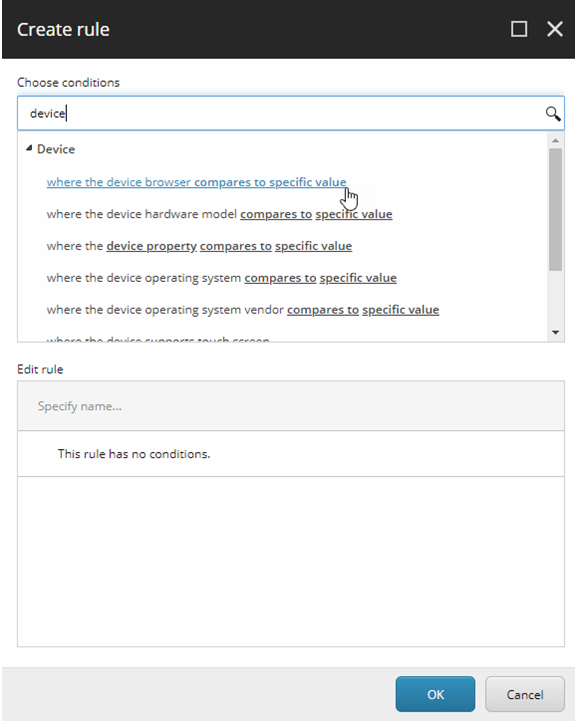

Jul 10, 2019
It’s hard to deny that we live in an age of personalization. CEOs, at even the most mundane companies, are talking about personalization for their customers. A recent article in Wall Street Journal reported that McDonald’s will be spending more than $300 million to personalize the menu for McDonald’s. Here is one of the use cases that they will be pursuing: show more cold/iced drinks when the temperature is hot outside. It sounds pretty simple, and yet it may result in increased sales. In the same realm, I would like to argue that personalization does not have to be a complicated data science word that scares senior management. A marketer or product manager can easily use these personalization techniques to assemble quick wins. Once you show the power of personalization using these simple techniques, you will have more confidence (and more budget) to create the complicated scenarios.
Below, I lay out four quick wins that you can implement in short time and generate visible gains from personalization.
- Geographic- This is as simple as it sounds. Show customers the content or products based on their location. It can be as broad as country-specific or as narrow as neighborhood-specific. Any competent developer can help you put geolocation on your website. But in this day and age, most of the web content management platforms have this capability out of the box. Here is an example…let’s assume you are selling sports gear on a website. Your homepage should highlight region-specific gear. It can be as simple as Yankees gear for East Coast traffic and Dodgers gear for West Coast visitors. Once you have some demonstrated success, you can personalize even more by offering to highlight team-specific merchandise to each city or state that the consumer is visiting the website from.
- Demographic- Here is another simple one. When providing recommendations for products or organizing the content for services on your website, cater them to the demographic needs of your user base. Do you offer products for both men and women? Make sure to show other gender-specific products for specific sections. Additionally, if someone is browsing products for kids, you will not create any value by showing them XXXL shirts on the same page. Providing contextual information is what personalization is all about.
- Device-Specific- Do you have physical stores to go with your online store? Or do you have retailers carrying your product that your customers should visit? Here is another personalization opportunity that you might be missing. Web content management systems like Sitecore can easily identify if the user is on a desktop device or a mobile device. When you detect that a user is on a mobile device, simply show an additional popup that lets them find a nearby store (you might want to include a discount coupon as well). This can also be extended to browser or operating system specific actions. Following is a screenshot from Sitecore Rule Editor that shows how easily a marketer can set up rules.

- Activity-Based- This method will require some deliberate thinking, but the results can be very positive and rewarding. This is the method to use when you want to target specific segments of customers based on their activity. Identify the content on your website that falls under specific customer segments. After that, you can create rules to target a customer when they fall under one of the segments. Here is an example: you can trigger a discount or a message once the user completes a pre-specified goal on the website. This can be as simple as showing a 10% discount on an item when the user visits the page more than two times. It can also be a message presenting more benefits of the product or the service. Below, again, is a screenshot of several rules in Sitecore Rules Editor

Personalization is here to stay and the more you use it, the more value you can provide to your users. It’s easier than ever for marketers to make some of these changes themselves and remove the dependency on IT teams. Moreover, with a platform like Sitecore, all of the above can be done in less than a day. Are you personalizing the customer experience?
Related Insights
-

-

-

 Fernando Torres
Fernando Torres
Tailwind CSS in Modern Web Development
Integration with AEM, Sitecore, and Optimizely
-






